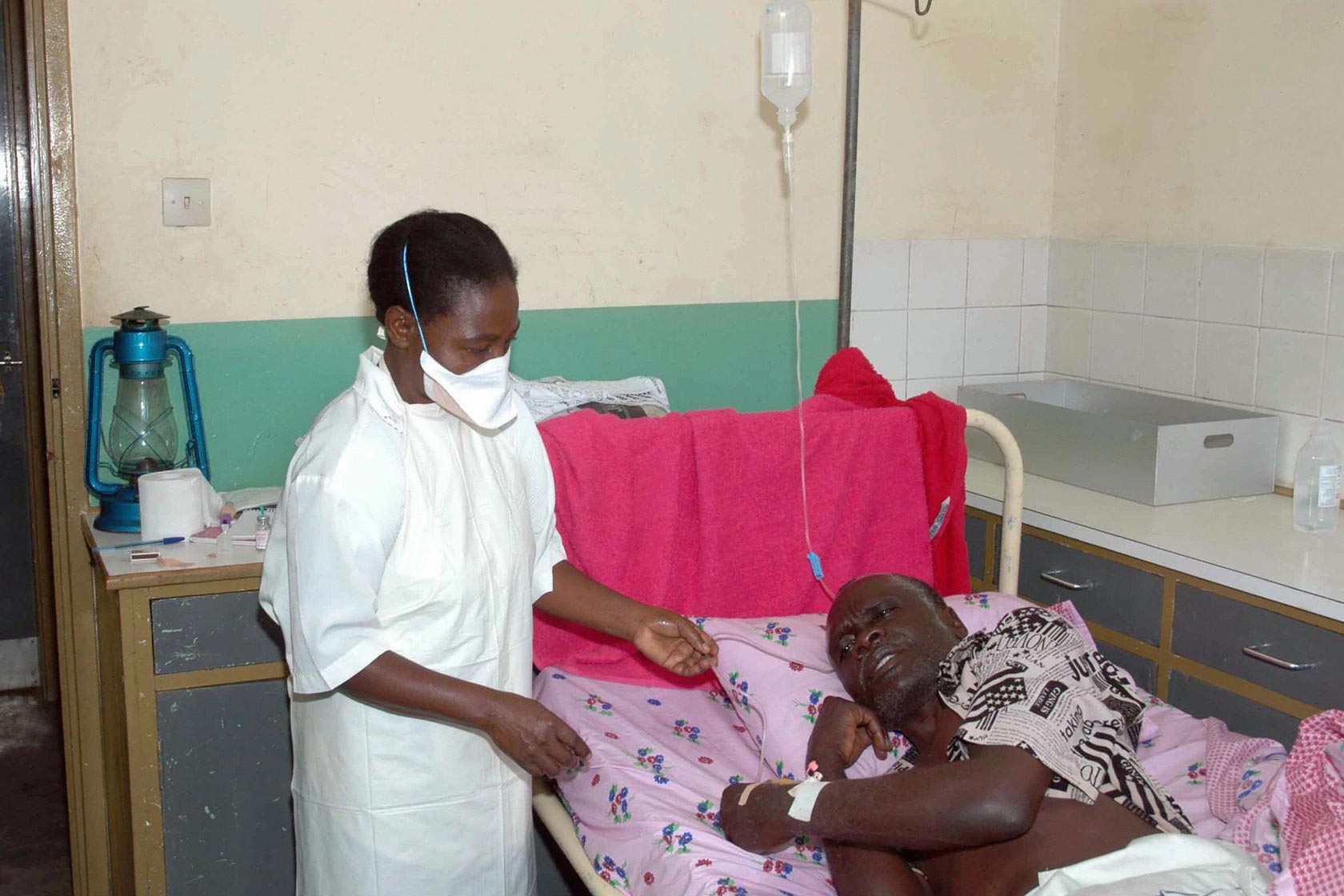The worst outbreak of Ebola virus in history — happening now in West Africa — has claimed more than 700 lives, according to the latest count from the World Health Organization. The deaths occurred in Sierra Leone, Liberia, Guinea and Nigeria.
“This outbreak is moving faster than our efforts to control it,” Margaret Chan, chief of the World Health Organization, said at a meeting, as reported by Reuters.
The Zaire strain of the Ebola virus that’s involved in the current outbreak has had a fatality rate in the past of up to 90 percent. However, the fatality rate of the current outbreak is lower. That’s because “90 percent is when you receive absolutely no medical care,”said Dr. Nahid Bhadelia, M.D., the associate hospital epidemiologist at Boston Medical Center and director of Infection Control at Boston University’s National Emerging Infectious Disease Laboratories.
“Right now you’re seeing with supportive care, there’s a 60 percent mortality in the field,” she told HuffPost.
But how exactly does the virus work to provoke such extreme symptoms — Ebola is notorious for causing, in some cases, bleeding from the eyes and ears — and cause death? Bhadelia explained why the body has such a hard time fighting off the deadly virus:
HOW DOES EBOLA ENTER THE BODY IN THE FIRST PLACE?
Ebola is not known to infect people through the air — you must come into contact with the virus somehow in order to be at risk for infection, Bhadelia said. It’s transmitted through exposure to an animal that carries the virus (such as a bat or primate), through exposure to the bodily fluids of a human who is infected and symptomatic, and through exposure to items that have been contaminated with the virus. People who are “providing care for a household member … when they’re cleaning up vomit or diarrhea, they come into contact [with the virus], and the way it’s transmitted is there’s virus in the fluids,” she said. “That virus gets into your own body through the nose, mouth and such.”
Ebola can also survive outside the host for a significant period of time — as long as a couple of days — at room temperature. “That’s why infection control is such a huge part of this,” Bhadelia said. “If you have sterilization of equipment, if you have availability of disinfectant, things like IVs … and if you’re able to clean all those environments and isolate patients effectively, the outbreak would never take a foothold.” This is why places with good infection control and medical infrastructure face absolutely no risk for outbreaks from this pathogen, she added.
WHAT HAPPENS IN THE BODY ONCE INFECTION OCCURS?
Once the Ebola virus makes its way into the body, it gets in the body’s cells and replicates itself. “Then it comes bursting out of our cells and produces this protein that wreaks havoc,” Bhadelia explained. The protein is called ebolavirus glycoprotein, and attaches to the cells on the inside of the blood vessels. This increases permeability of the blood vessels — leading to blood leaking out of the vessels. “The virus causes derangement in the body’s ability to coagulate and thicken the blood,” she said. Even people who don’t show hemorrhagic symptoms will experience this leaking of blood from the vessels — which can eventually lead to shock and, ultimately, death.
The Ebola virus is also a master of evading the body’s natural defenses: It blocks the signaling to cells called neutrophils, which are white blood cells that are in charge of raising the alarm for the immune system to come and attack. In fact, Ebola will infect immune cells and travel in those cells to other parts of the body — including the liver, kidney, spleen and brain.
Each time one of the cells is infected with the Ebola virus and bursts, spilling out its contents, the damage and presence of the virus particles activates molecules called cytokines. In a healthy body, these cytokines are responsible for provoking an inflammatory response so that the body knows it’s being attacked. But in the case of an Ebola patient, “it’s such an overwhelming release [of cytokines], that’s what’s causing the flu-like symptoms” that are the first sign of Ebola, Bhadelia said.
WHAT DO THE SYMPTOMS LOOK LIKE?
Ebola generally starts with flu-like symptoms. Though it’s known for the extreme hemorrhagic symptoms — the bleeding out of the eyes, etc. — not everyone will experience these. “In fact, only 20 percent of people will have [these extreme symptoms]” Bhadelia said. “Some people may succumb to the illness before it gets to that point, some may have minor bleeding, some may just have bleeding of the gums, or bruising.”







